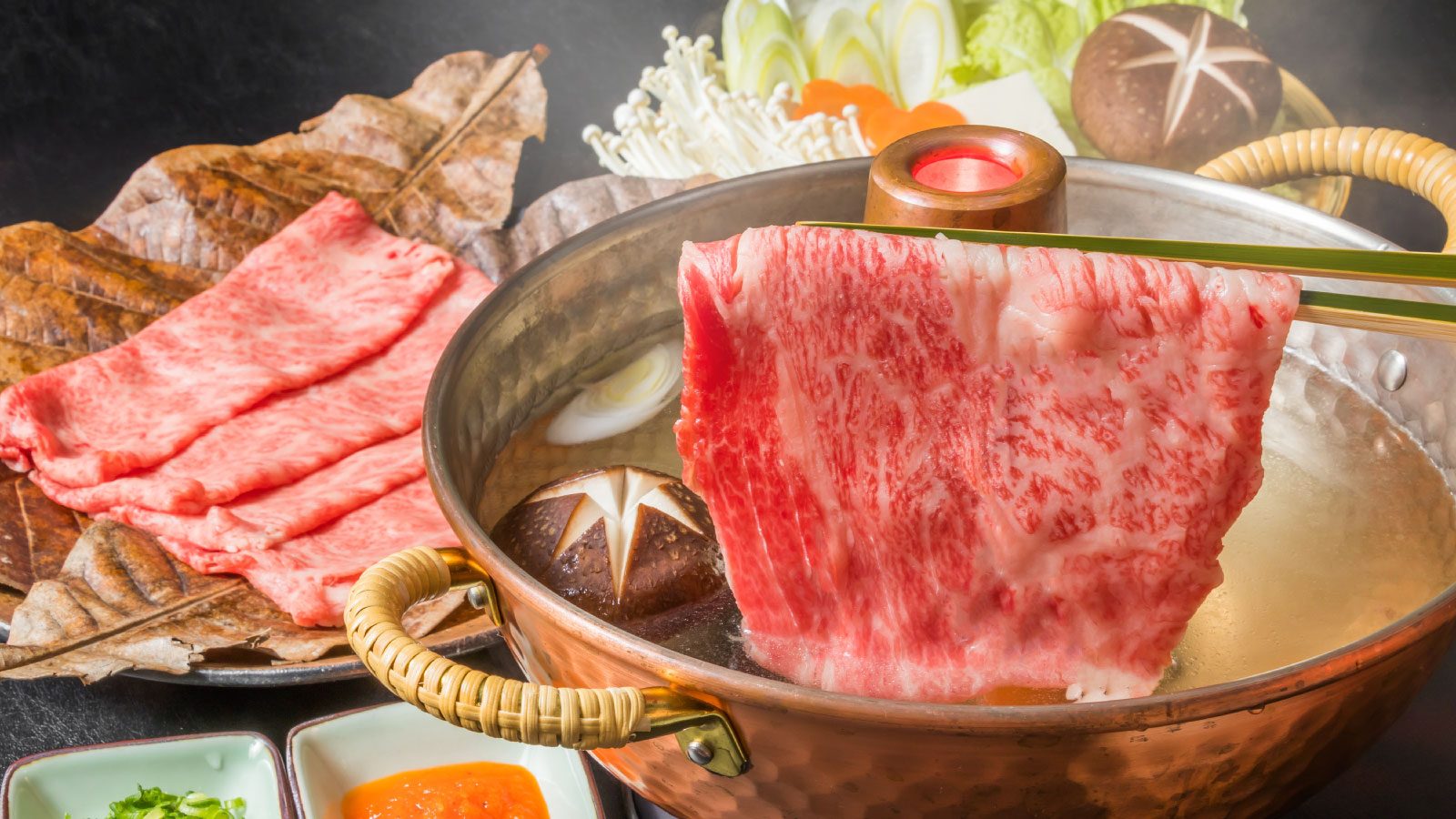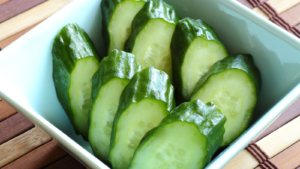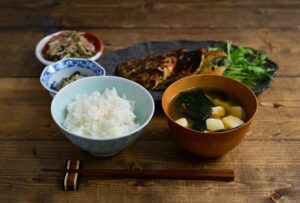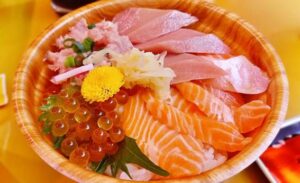If you want to acquaint yourself with authentic Japanese cuisine, shabu shabu is a great place to start! This hot pot dish was named after the way it sounds when the ingredients are stirred in the pit, making a swish-swish sound. This intricate dish takes some time to make, as many of the parks are individually cooked before being thrown into the hot pot. This savory dish was introduced in the 20th century in Japan by the restaurant “Suehiro” located in Osaka. Suehiro trademarked this dish, although they found inspiration from other Chinese hot pot dishes.
In the 1950s shabu shabu grew more popular and spread throughout Japan to restaurants in major cities like Tokyo. Overtime, variations of this dish have been developed in different regions of Japan to account for different tastes. Specifically, the meat in shabu shabu has been replaced with fish. It also spread to western countries like the United States and Canada.
Shabu shabu has a lot of ingredients that go into making it a delicious hearty dish. Traditional shabu shabu is made with a meat of some kind, such as chicken, thinly sliced beef, ribeye steak, duck, lamb, or lobster. It also usually involves vegetables such as cabbage, seaweed, carrots, onions, mushrooms, and shiitake. In some variations, udon, mochu, or harusame noodles are also components of this dish.
Shabu shabu is made by fis adding some mea into the boiling pot of water or broth (dashi) alongside kelp. Then, the meat is stirred in the pot, producing the sound that gives the dish its name. It’s important to be vigilant of the meat added to the pot to make sure that it does not overcook. Following this, the vegetables or other ingredients that take a bit longer to cook are added to the pot. Then, quick cooking ingredients such as onions, tofu, and cabbage are added towards the end of the boil. Once the dish is ready, the meat and vegetables are typically dipped in sesame sauce and served over a bowl of steamed white rice to complete the meal. Once all of the main ingredients are eaten, the leftover broth is usually added and added to rice or noodles to be eaten in the last dish of the meal called “Shime.” Shabu shabu is incredibly filling, and can feed large families or groups with its big portions.
Writer: Kayley Hill












